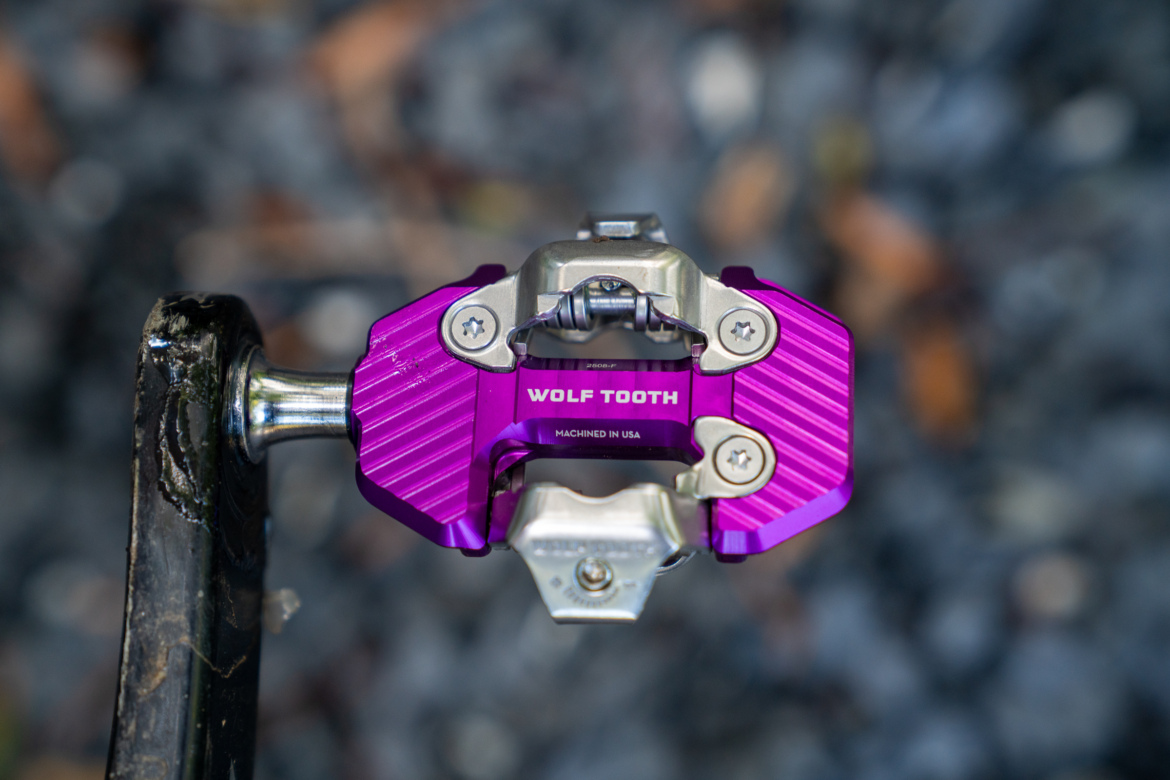
When Wolf Tooth Components reached out in June to say they were launching three new sets of clipless pedals, I was curious to see what the Minnesota-based manufacturer would bring to a category that’s already pretty crowded. After testing the new Wolf Tooth CTRL clipless pedals on trails from Arkansas to Georgia to Vermont, I can say the brand has applied the same thoughtful design approach to pedals that they’re known for in their other products.
Wolf Tooth CTRL pedal key specs
- SPD-compatible
- Adjustable release tension and Q-factor
- Weight: 323.8g / pair as tested
- Price: $219.95
- Buy from Wolf Tooth
Build quality and adjustability
At 323.8g for the pair, the CTRLs are lightweight among clipless trail pedals. The machined aluminum body offers support where you need it and nowhere else, while the stainless steel axle and triple-stacked bearing system are designed for durability. After hundreds of miles on rough singletrack, the bearings are still running smoothly and quietly, with no hint of play or grittiness.
One feature that sets the Wolf Tooth CTRL pedals apart is the adjustable Q-factor, which can be set to 51mm, 55mm, or 59mm by rearranging an internal spacer. Technically, Q-factor refers to the distance between the outside edges of a bike’s crankarms, and therefore, pedal dimensions do not affect the measurement. However, in practical terms, riders perceive Q-factor based on how wide their stance is with their feet on the pedals.
This level of customization is rare in the pedal world and could be especially valuable for riders dealing with knee issues or those who simply prefer a specific stance width. However, at the narrowest setting, it may be difficult, if not impossible, to unclip depending on the shape and size of your shoe.
In addition to the Q-factor settings, the release tension is also adjustable, allowing riders to dial in the amount of force required to unclip. In terms of pedal float, the Wolf Tooth CTRL pedal offers just enough for comfort without requiring too much rotation to unclip.
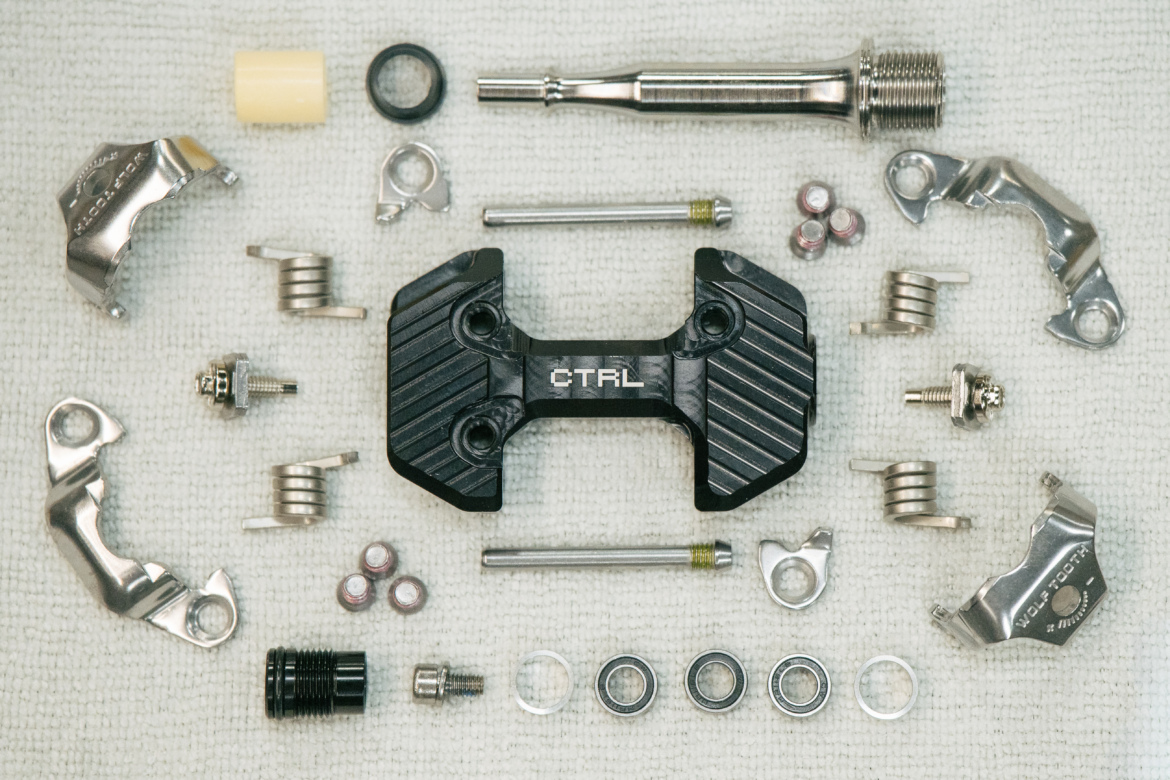
CTRL pedals are highly rebuildable, with replaceable parts that should extend the pedals’ lifespan well beyond the typical wear-and-replace cycle. For a pedal that’s designed, machined, and assembled at Wolf Tooth’s headquarters in Minnesota, the attention to serviceability aligns with the brand’s reputation for creating products that last.
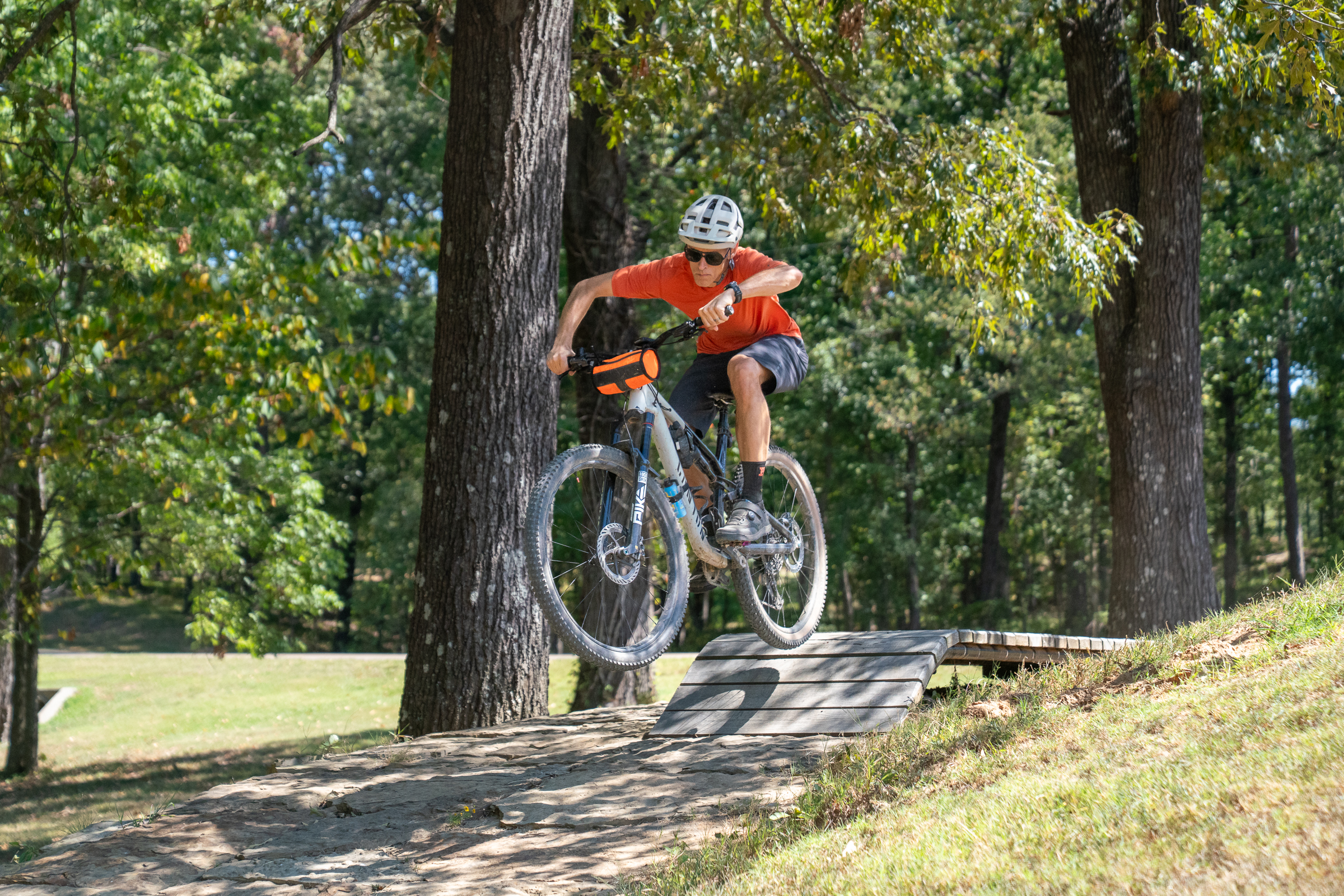
On-trail performance
Clipping in and out of the Wolf Tooth pedals is straightforward. The dual-sided entry means there’s no fumbling to find the right orientation when you need to get clipped in quickly ahead of a technical trail section. I tested the pedals with Shimano CE 900 shoes and Shimano cleats, which proved to be a good match.
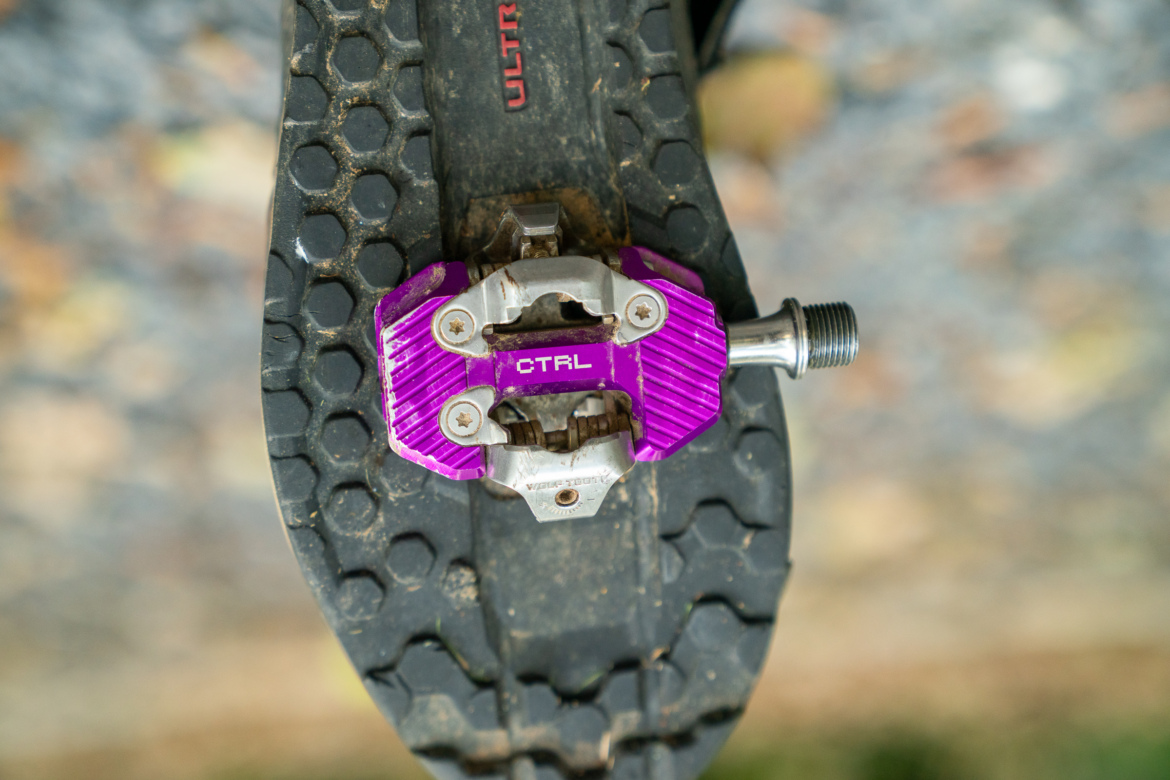
Unlike some clipless pedals that incorporate a large platform at the front and rear of the pedal, Wolf Tooth places the platform primarily on the sides. This makes sense when you consider that a clipless pedal shoe’s recessed cleat channel leaves a contact gap between the front and rear edges of the pedal. As you can see in the photo above, the shoe’s tread is supported at the sides of the pedal.
Some clipless trail pedals, like the latest XTRs and the OneUp pedals released earlier this year, include pins for extra grip. These pins offer a bit of insurance for when you’re not able to clip in, but they can make it tough to rotate your foot when it’s time to unclip. The Wolf Tooth CTRL pedal has a smooth platform that makes getting out of the pedals a breeze. The flip side is there isn’t a ton of grip when you aren’t clipped in, though fortunately, the pedal design makes finding the cleat easier compared to others I’ve used in the past.
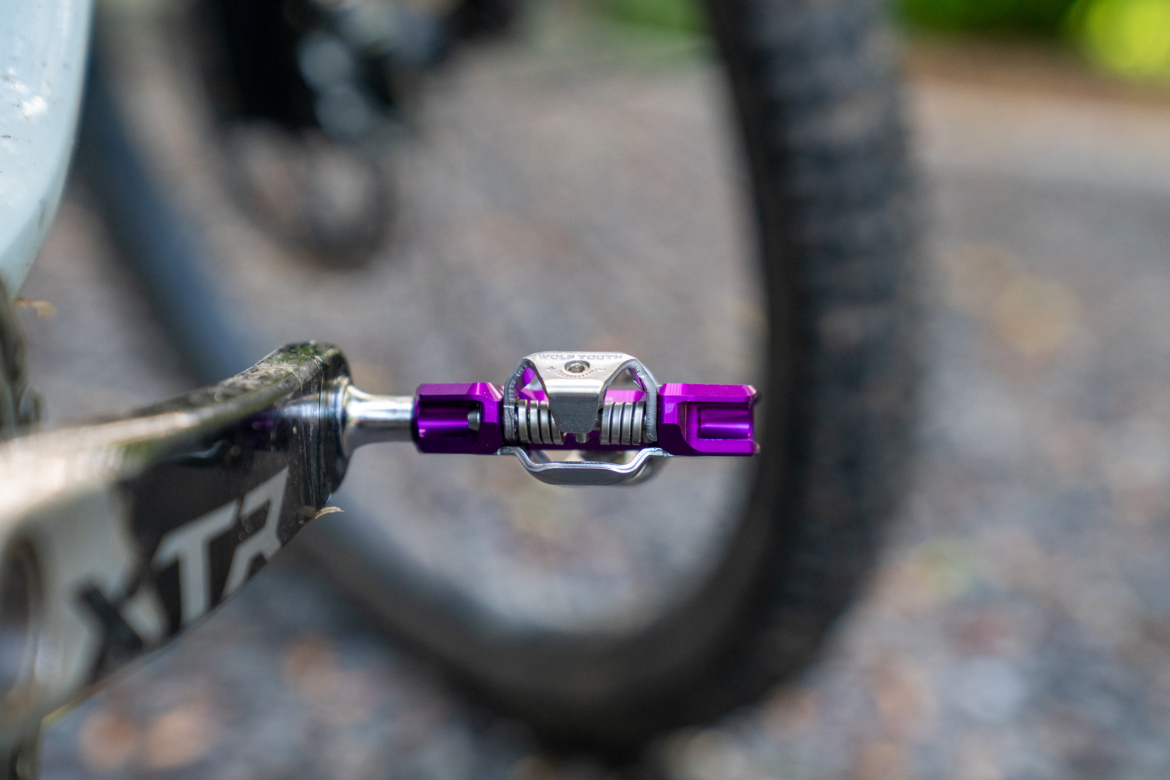
Pedal strikes are the enemy of flow, and the Wolf Tooth pedals do an excellent job of staying out of trouble on technical trails. Officially, the CTRL pedal body is 15mm thick, though my calipers suggest it’s closer to 14mm thick. That would match the thinness of the OneUp clipless pedal, which claims to be the thinnest on the market.
Though I experienced very few bottom drags or strikes, the scratches on the outside edges of the pedal bodies clearly show multiple impacts. Switching to a narrower Q-factor setting would likely mean fewer side strikes, while going full wide would likely mean more strikes. Even so, the pedal body is much narrower than most flat pedals, including the Wolf Tooth Ripsaw pedal I tested last year.
Share your Wolf Tooth CTRL pedal review
The CTRL clipless pedals are visually distinctive, with an angular shape that looks odd at first glance, like a squished octagon. Clearly, form follows function here, and that unconventional shape translates to a pedal that works surprisingly well on the trail.
The pedals are available in black and ultraviolet color options. At a $220 price point and weighing 324g, the CTRLs compete with pedals like Shimano XTR M9220 ($260, 467g), Crankbrothers Candy 7 ($199, 320g), and OneUp ($160, 410g). Whether the unconventional looks will grow on you is a matter of personal taste, but the performance certainly won’t disappoint.
In addition to the new CTRL pedal, Wolf Tooth is also launching a lighter XC clipless pedal, the ALT, along with a gravel race pedal called the DEL.
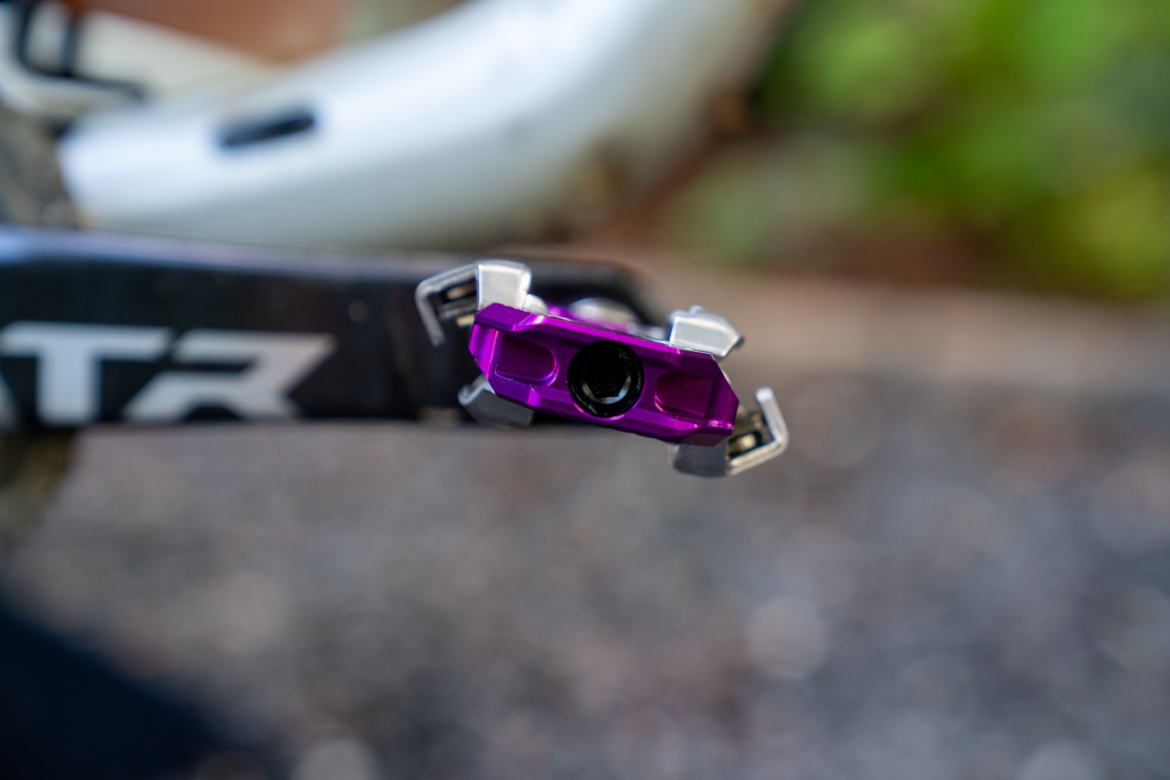
Pros and cons of Wolf Tooth CTRL pedal
Pros
- Thin and lightweight for a clipless trail pedal
- Adjustable Q-factor and release tension
- Easy to clip in and release quickly
- Highly rebuildable and repairable
Cons
- Unconventional look
- Very little grip when you aren’t able to clip in
Bottom line
Wolf Tooth didn’t just slap its logo on an existing pedal design and call it a day. These clipless pedals show the same attention to detail and function-first approach that the brand is known for. The adjustable Q-factor, rebuildable construction, and thoughtful platform design make these pedals worth considering, especially for riders who appreciate a quality pedal that should last a very long time.


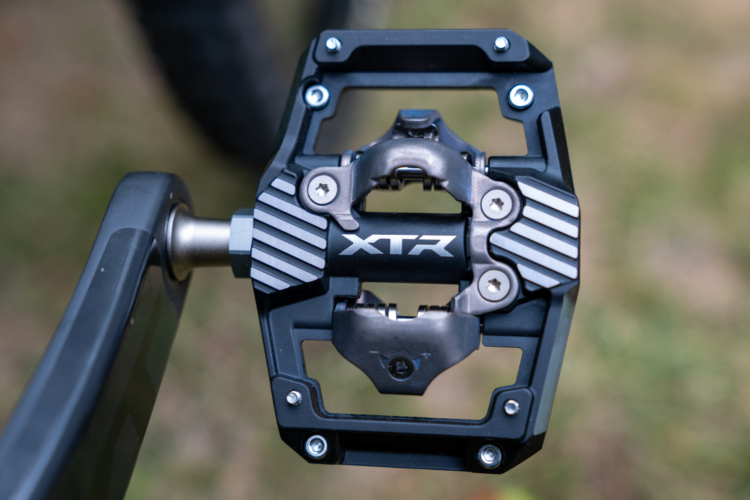
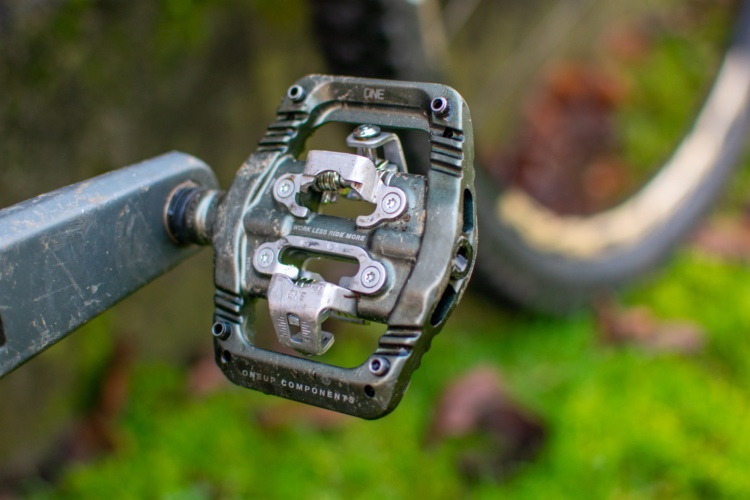


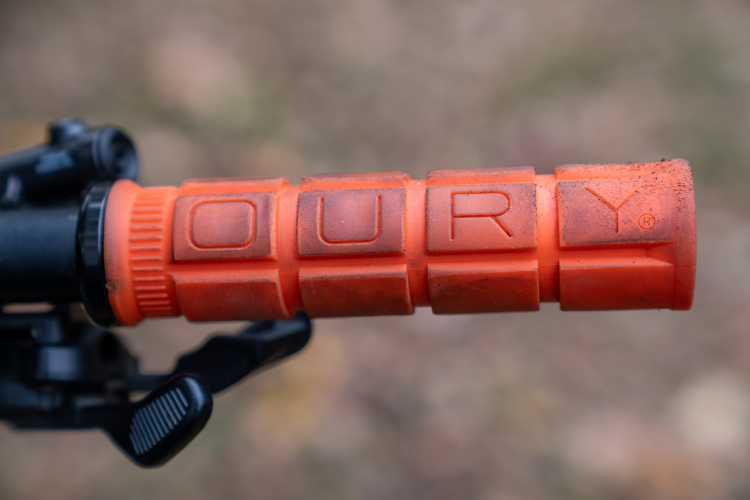
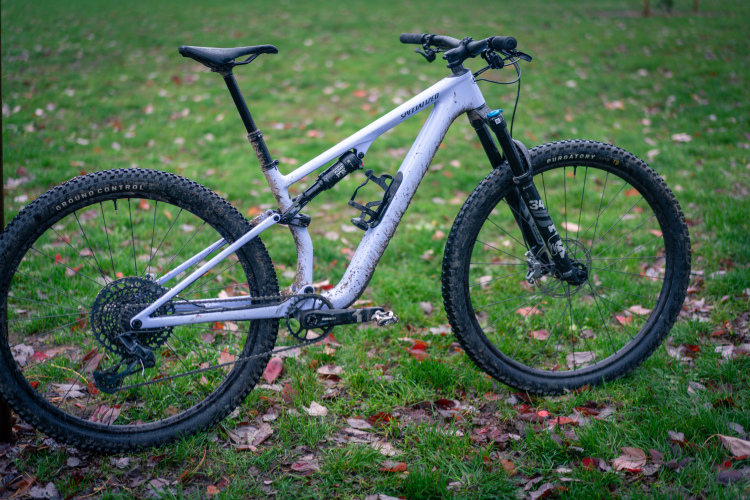
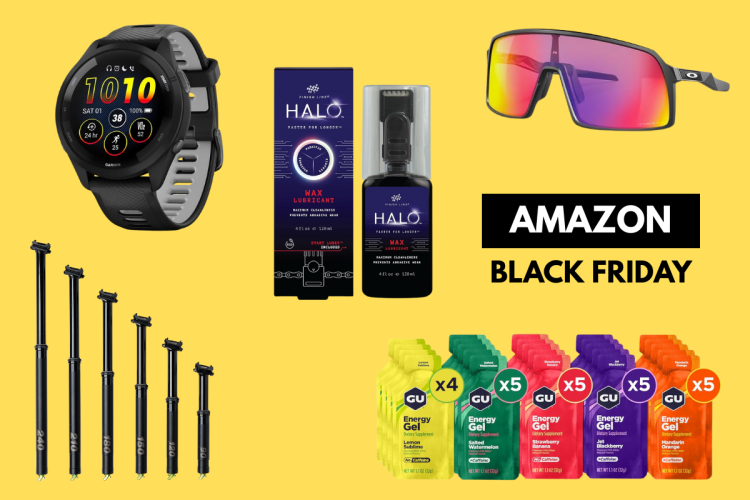

2 Comments
Oct 10, 2025
Oct 10, 2025